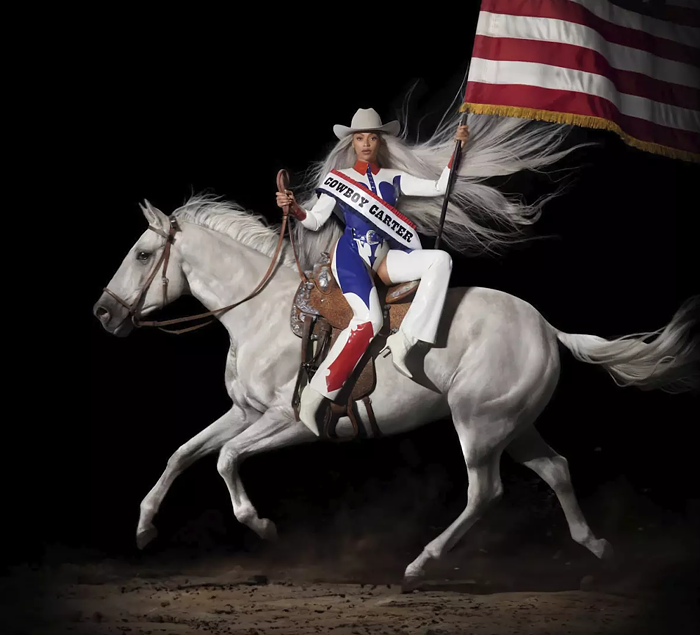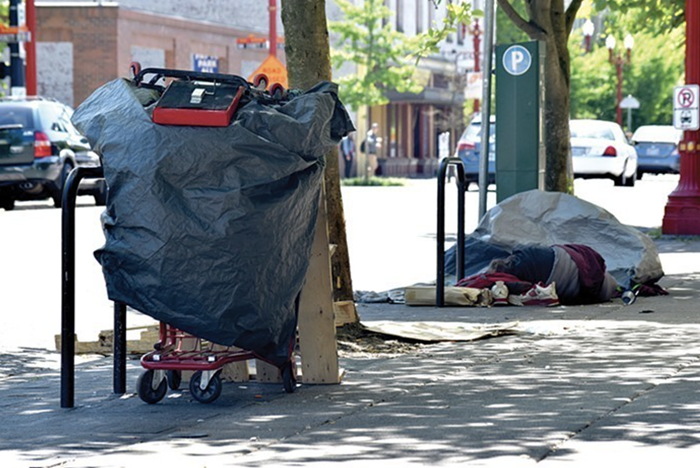
Charles Willeford fits oddly into the history of crime writers. He wrote the occasional pulp in the 1960s and '70s, then in the '80s, four years before he died, started producing a detective series centered around Hoke Moseley, a Miami homicide investigator with dentures. In the last year of his life he wrote a memoir of riding the rails as a teenager during the depression entitled I Was Looking for a Street, published posthumously and now brought back into print by PictureBox.
In the introduction, critic Luc Sante situates Williford's memoir in the tradition of "tramp narratives," books that follow the youngsters who left their homes prematurely because their families could not support them. The young Willeford spent most of his time traveling around the Southwest, Arizona, Texas and Mexico, looking for work and staying in hobo camps.
I Was Looking for a Street is a good introduction to Willeford's style and sensibility, though it lacks some of the idiosyncratic characterizations and absurdist humor that distinguishes his crime writing. The narrative is episodic, not emotionally compelling but interesting as a portrayal of American culture during the Great Depression, capturing the lives of the poor in a way history books cannot. There's a sort of casual racism common to his and my grandparent's generation, stereotyping but not hostile. The vignettes are amusing and revealing, honest and unflinching. And there is an astounding and hilarious meditation on the meaning of hats that deserves to go in a time capsule.
The book in published form contains at least three typos.














